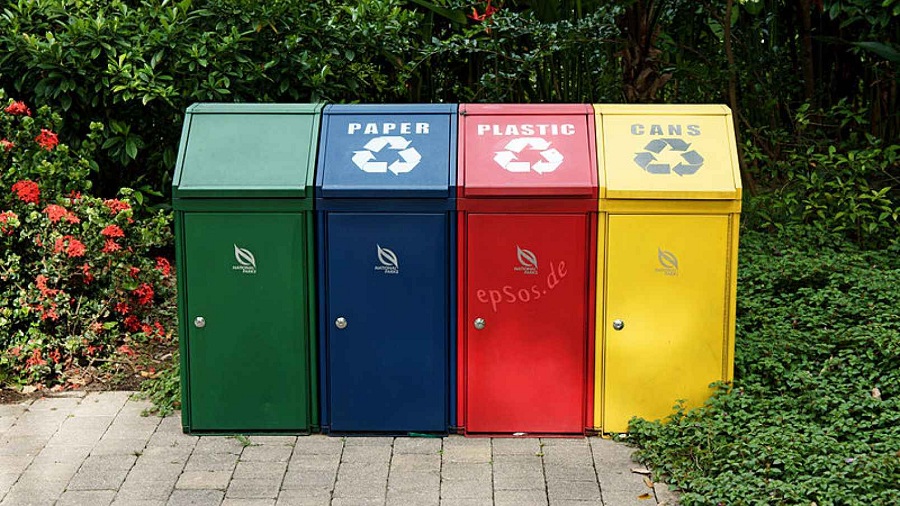
Recycling Trash
We advance and practice the three R’s – “diminish, reuse, reuse” to decrease the negative effect of our degenerate way of life and frequently pointless items on the earth, and after that we advance back, fulfilled in the prospect that when we reuse we’re settling on the correct decision. What’s more, why not? We’ve recently lessened the volume of strong waste that will be kept in our landfills (or more regrettable, in the seas), we’ve completed a phenomenal activity in helping save the earth.
Be that as it may, would we say we are truly picking the best alternative when we reuse?
In 2002, William McDonough and Michael Braungart distributed a book called “Support to Cradle: Remaking The Way We Make Things.” In this visionary book, they bring up that reusing, as it is done today, is really “downcycling” or “support to grave” reusing. We create skimming floats from styrofoam or deliver news print out of white paper. The new items we make out of utilized materials are really lesser in quality to the first (because of materials corruption or sullying) or use only a small amount of it (the rest of up in the landfill destinations as lethal waste).
Separate this with the manner in which nature discards its waste. At the point when a tree makes a thousand blossoms to repeat or duplicate itself, it is exceptionally likely that just a single of those sprouts will really turn into another tree. In any case, we don’t locate the 999 different sprouts squandered since all these tumble down to the earth as supplements to help start the tree’s next propagation cycle. In nature, there is no such thing as waste. Squander levels with sustenance, everything returns to the earth as manure. This is known as supportability, each part adds to “manage” the cycle and the procedure is repeated unendingly with no unusable waste.
Support to-support reusing is the appointment of this extremely common and profoundly proficient idea of maintainability into our assembling strategies comfortable absolute starting point of the procedure – in the plan or conceptualization of the completed item. Unusable abundance is a consequence of deficient conceptualization. Modelers, creators, and designers should think about the inevitable treatment of their items from the earliest starting point, how these contraptions (with ALL of their parts) can be reused or reintroduced into the generation cycle as “specialized supplements” or quickly biodegraded and returned securely to the earth. None squandered, each part reusable or recyclable – that is the basic thought of support to-support reusing.
A woman who goes to the market picks between plastic packs or paper sacks for her perishables. A town gathering in Germany discusses if their town should continue utilizing coal or utilize palm oil for power age. In our day by day lives, we regularly get caught into “lesser of two disasters” sort of choices. Plastic will stay for a huge number of years and coal is the most dirtying of the considerable number of powers we utilize. On the other hand, paper generation murders rain woodlands, and palm oil creation undermines elimination to orangutans. Lesser disasters. Since the beginning of the mechanical period, we’ve been confined to this idea of ruinous decisions.
Support to-support reusing exposes this very idea of restricted decisions. At the point when maintainability is presented and consolidated in the specific outline of the item, the alternatives turn into various for us. The creators call support to support reusing as the “following modern transformation” and this “thinking outside about the container” may simply be the arrangement we as a whole need to address the world’s waste issues.


